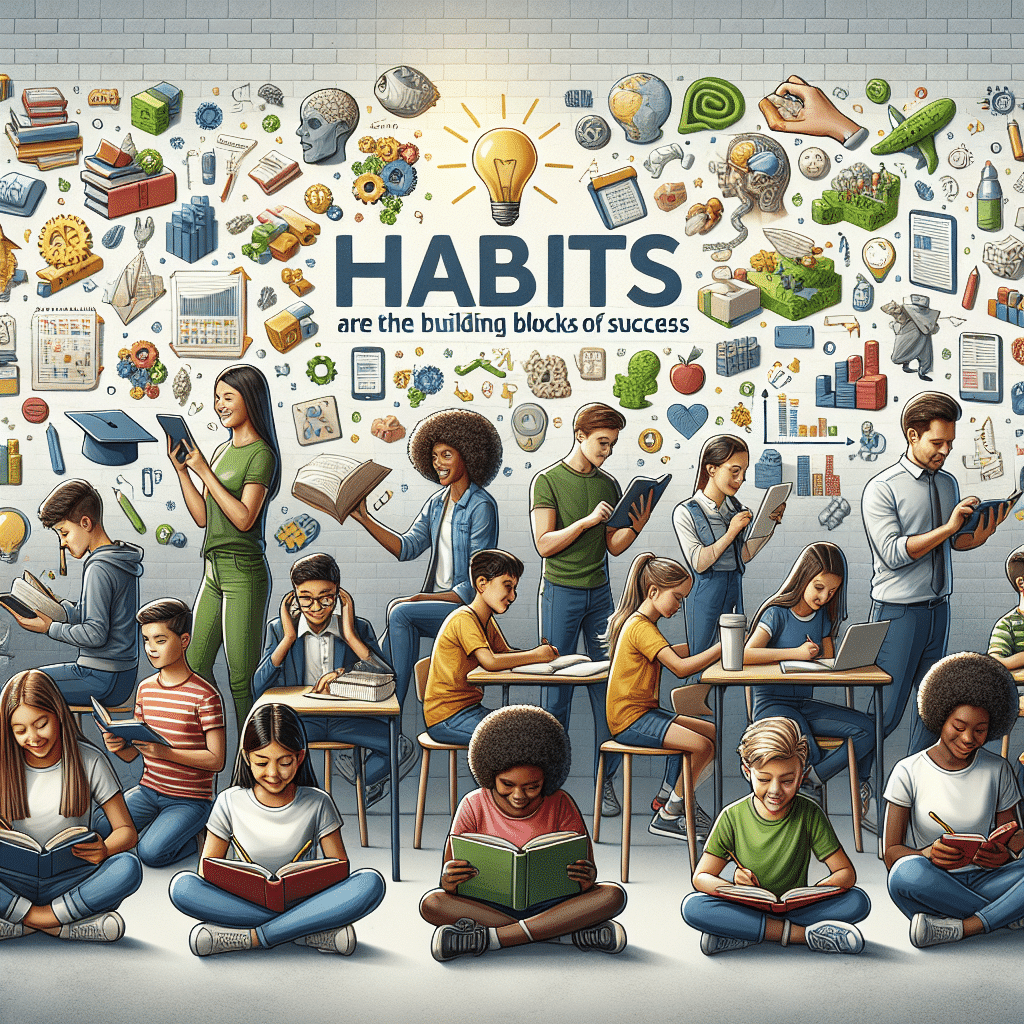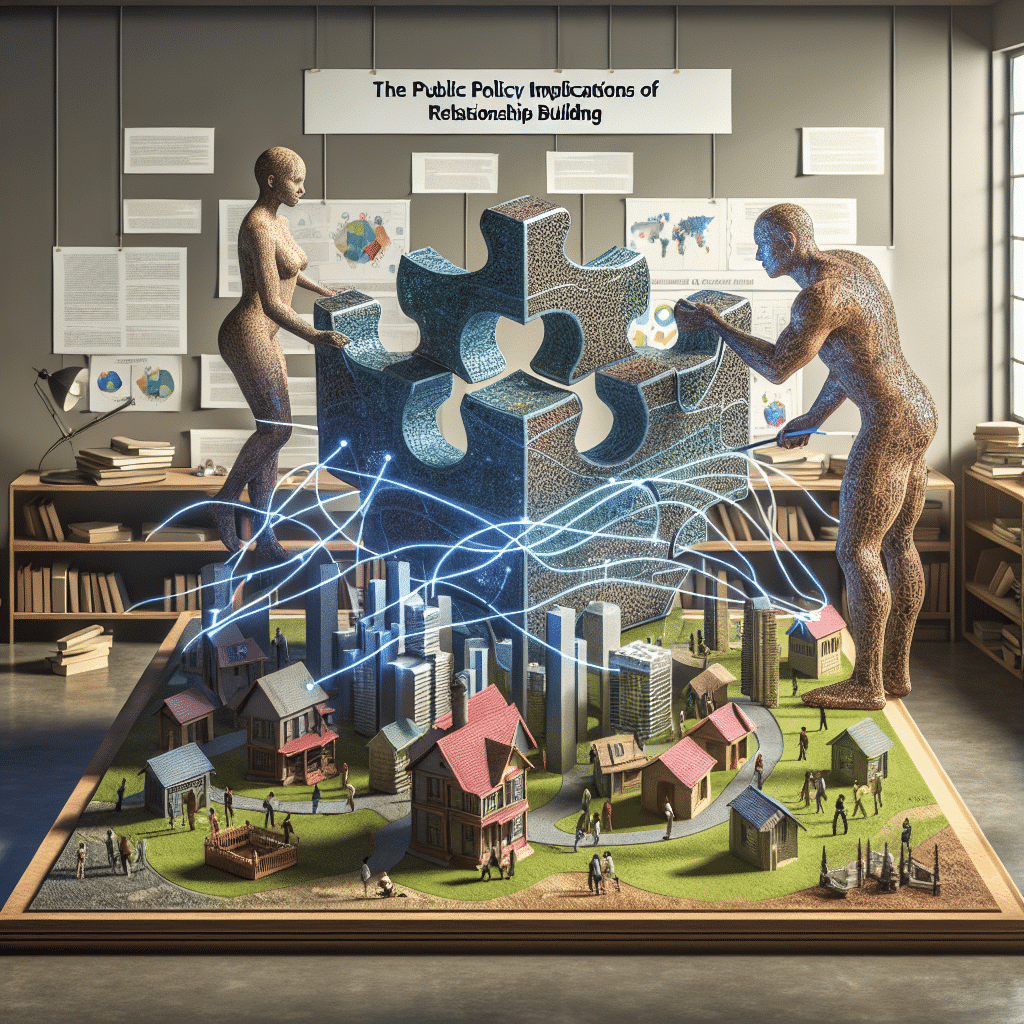Exploring pedagogical approaches to spirituality can provide valuable insights into how to effectively teach and integrate spiritual concepts into education. This article will delve into various methods and strategies that educators can use to nurture students’ spiritual growth and development.

Understanding the connection between pedagogy and spirituality
When it comes to education, the focus is often placed on the transmission of knowledge and skills. However, an important aspect that is sometimes overlooked is the role of spirituality in the teaching and learning process. Spirituality is a deeply personal and unique aspect of human identity that encompasses beliefs, values, and connections to something greater than oneself.
Understanding the connection between pedagogy and spirituality involves recognizing that education is not just about academic achievement but also about the holistic development of individuals. By incorporating spiritual principles into pedagogical practices, educators can create a more nurturing and soulful learning environment that fosters personal growth and self-discovery.
One key aspect of the connection between pedagogy and spirituality is the concept of interconnectedness. By recognizing the interdependence of all living beings and the natural world, educators can help students develop a sense of compassion, empathy, and stewardship towards others and the planet. This interconnected view can also foster a sense of community and unity among students, leading to a more harmonious learning environment.
Another important aspect of spirituality in education is the promotion of values such as integrity, honesty, humility, and respect. By encouraging students to cultivate these qualities, educators can help them become more ethical and responsible individuals who contribute positively to society.
Overall, the connection between pedagogy and spirituality is about recognizing the inherent worth and potential of every individual and creating a learning environment that supports their holistic development. By embracing spirituality in education, educators can help students not only excel academically but also grow emotionally, socially, and spiritually.
Exploring different pedagogical methods for teaching spirituality
When it comes to teaching spirituality, educators can employ various pedagogical methods to effectively engage students in explorations of their spiritual beliefs and practices. One approach is through experiential learning, where students actively participate in spiritual rituals, practices, or reflections to deepen their understanding of spirituality. This hands-on approach allows students to embody the teachings and make meaningful connections to their own lives.
Another method is through a holistic and interdisciplinary approach, incorporating elements of spirituality into various subjects such as literature, art, history, and science. By integrating spirituality into different academic disciplines, students can see the interconnectedness of spiritual beliefs with the world around them, leading to a more comprehensive understanding of spirituality.
Storytelling and narrative pedagogies are also effective ways to teach spirituality, as stories have the power to convey deep spiritual truths and insights in a relatable and engaging manner. By sharing personal or cultural stories of spiritual experiences, educators can create a sense of connection and empathy among students, fostering a shared understanding of spirituality.
Additionally, reflective practices such as journaling, meditation, contemplation, and mindfulness exercises can help students explore their inner worlds and connect with their spiritual selves. These practices provide students with the space and tools to deepen their self-awareness, cultivate a sense of presence, and explore their spiritual beliefs and values in a meaningful way.
Collaborative and participatory learning approaches, such as group discussions, debates, and project-based learning, can also be utilized to engage students in critical reflections on spirituality. By creating a supportive and open-minded learning environment, educators can encourage students to ask questions, challenge assumptions, and explore diverse perspectives on spirituality.
Overall, by incorporating diverse pedagogical methods for teaching spirituality, educators can create rich and transformative learning experiences that empower students to explore, question, and deepen their spiritual understanding in meaningful ways.

Incorporating mindfulness practices in pedagogy
Incorporating mindfulness practices in pedagogy is a powerful way to enhance students’ spiritual growth and overall well-being. Mindfulness, rooted in ancient Buddhist traditions, is a practice of being fully present and aware of one’s thoughts, feelings, and surroundings. By integrating mindfulness into the classroom, educators can create a nurturing environment that fosters students’ spiritual development.
Benefits of mindfulness practices
Research has shown that mindfulness practices can lead to improved focus, reduced stress, and enhanced emotional regulation. By incorporating mindfulness techniques such as meditation, breathing exercises, and body scans into their teaching, educators can help students cultivate self-awareness, empathy, and compassion. These practices can also promote a sense of interconnectedness and unity, fostering a deeper understanding of spirituality.
Practical ways to integrate mindfulness
There are various ways in which educators can incorporate mindfulness practices into their pedagogy. For example, they can start each class with a brief mindfulness exercise to help students center themselves and focus their attention. Educators can also weave mindfulness into the curriculum by incorporating readings, discussions, or reflective activities that encourage students to explore their inner thoughts and feelings. Additionally, educators can provide resources and guidance for students to practice mindfulness outside of the classroom, such as recommending apps or guiding students in setting up a daily mindfulness routine.
Measuring the impact
It is essential for educators to assess the impact of incorporating mindfulness practices in pedagogy. This can be done through qualitative methods such as student feedback, reflective journals, or group discussions. Educators can also use quantitative measures such as pre- and post-surveys to evaluate changes in students’ well-being, focus, and emotional regulation. By continuously monitoring and refining their approach, educators can ensure that mindfulness practices are effectively enhancing students’ spiritual growth and overall learning experience.
Evaluating the effectiveness of integrating spirituality in education
As educators explore pedagogical approaches to spirituality, it becomes essential to evaluate the effectiveness of integrating spirituality in education. This evaluation process involves assessing how well students are able to grasp spiritual concepts, internalize them, and apply them in their lives.
Measuring student engagement
One way to evaluate the effectiveness of incorporating spirituality in education is by measuring student engagement. This can be done through observations, student feedback, and assessments that gauge their level of interest, participation, and understanding of spiritual teachings.
Assessing holistic development
Another important aspect to consider when evaluating the integration of spirituality in education is its impact on students’ holistic development. This involves looking at how spiritual teachings contribute to students’ emotional, social, and moral growth, in addition to their cognitive development.
Examining academic performance
It is also essential to examine how integrating spirituality in education affects students’ academic performance. This can be done by analyzing any improvements in their critical thinking skills, creativity, problem-solving abilities, and overall academic achievement resulting from spiritual teachings.
Feedback from stakeholders
Lastly, gathering feedback from various stakeholders, including students, parents, teachers, and administrators, can provide valuable insights into the effectiveness of integrating spirituality in education. Their perspectives can offer a comprehensive view of how spiritual teachings impact the learning environment and students’ overall well-being.
In conclusion, evaluating the effectiveness of incorporating spirituality in education requires a multi-faceted approach that considers student engagement, holistic development, academic performance, and feedback from stakeholders. By carefully assessing these aspects, educators can determine the impact of spiritual teachings on students’ growth and development, ultimately guiding them in refining their pedagogical approaches to spirituality.

Summary
Integrating spirituality into pedagogical approaches has the potential to enhance students’ holistic development and well-being.
By understanding the connection between pedagogy and spirituality, educators can adopt various methods such as reflective practices, experiential learning, and mindfulness techniques to nurture students’ spiritual growth.
Evaluating the impact of these approaches can provide valuable insights into the effectiveness of incorporating spirituality in education and its long-term benefits for students.






